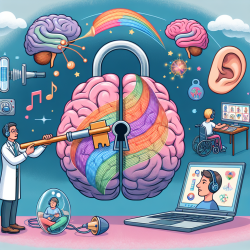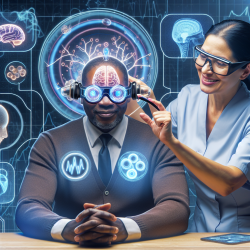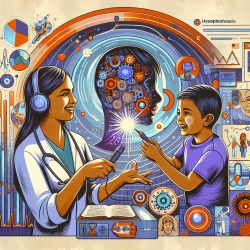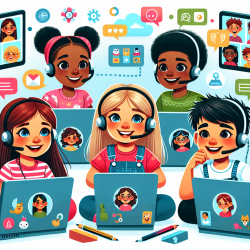Revolutionizing Child Therapy: Lessons from Nanotechnology
In the realm of speech-language pathology, the focus is often on creating the best possible outcomes for children through evidence-based practices. However, the path to innovation can sometimes be found in the most unexpected places. A recent study titled "How interdisciplinary is nanotechnology?" offers insights that could transform how practitioners approach therapy, particularly in interdisciplinary settings.
The Power of Interdisciplinary Collaboration
Nanotechnology, by its nature, is a highly interdisciplinary field, integrating principles from chemistry, physics, materials science, and biology. This integrative approach has led to significant advancements and innovations. The study by Porter and Youtie highlights how nanotechnology draws knowledge from diverse disciplines, demonstrating the power of interdisciplinary collaboration. For speech-language pathologists, this suggests a potential for cross-disciplinary approaches to therapy that can enhance outcomes for children.
Applying Interdisciplinary Approaches in Therapy
Speech-language pathologists can take a cue from nanotechnology by embracing interdisciplinary strategies. Here are some practical steps:
- Collaborate with Other Professionals: Work closely with occupational therapists, psychologists, and educators to create a holistic approach to therapy. Each discipline brings unique insights that can contribute to a more comprehensive understanding of a child's needs.
- Integrate Diverse Techniques: Just as nanotechnology uses tools from various fields, therapists can integrate techniques from different therapeutic disciplines to address complex speech and language issues.
- Leverage Data and Technology: Utilize data-driven tools and technology, much like those used in nanotechnology, to track progress and adapt therapy plans in real-time.
Encouraging Further Research
The study also underscores the importance of continuous research and adaptation. Speech-language pathologists should be encouraged to explore new research, not only within their field but also in related disciplines. This can lead to the discovery of innovative methods and tools that can be adapted for use in therapy.
Conclusion: A Call to Action
The interdisciplinary nature of nanotechnology offers valuable lessons for speech-language pathology. By adopting a similar approach, practitioners can enhance their therapeutic strategies and improve outcomes for children. Embrace the challenge of interdisciplinary collaboration and continuous learning to drive innovation in child therapy.
To read the original research paper, please follow this link: How interdisciplinary is nanotechnology?










